Gio Ponti's Personal Side Is on Display in a New Show
“A total polymath,” Olivier Gabet, the director of the Musée des Arts Décoratifs in Paris, says on the phone. “Gio Ponti had the Italian Renaissance spirit that moved in Leonardo da Vinci up to Ettore Sottsass—it was in his capacity to be interested in everything, to do some of everything. He was going to make a movie, which he’d script, costume, plus do the sets for—he just never had the time. Ponti was so productive. He deserves this show.”
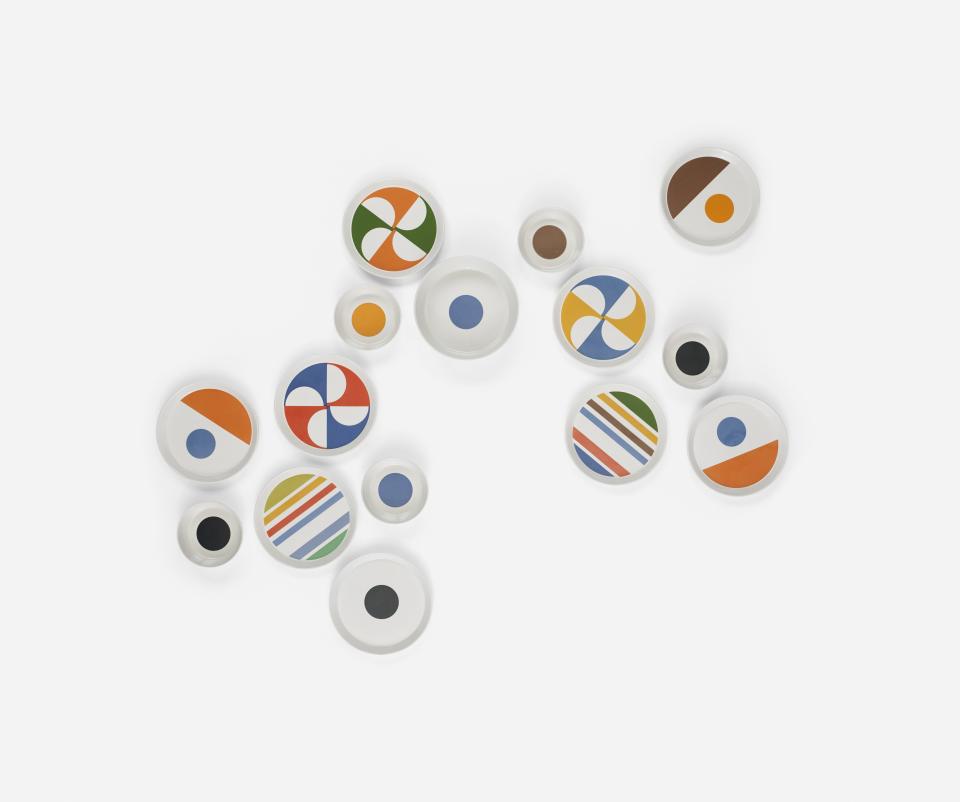
Gabet is referring to his museum’s retrospective, open Friday, of the 20th-century Italian architect-designer-painter-journalist-wonderball whose work from the early 1920s to the late 1970s scaled up and down: from outskirt Paris’s L’Ange Volant, the post-Palladian villa he built for the head of the fine silver firm Christofle, and Milan’s Pirelli Tower, a revolutionary skyscraper erected as an HQ for the tire giant, to an aerodynamic espresso maker for Pavoni and the Leggera chair for Cassina. Other product design took the form of lamps, tiles, sinks, napkin holders, teapots, and blown-glass chandeliers.
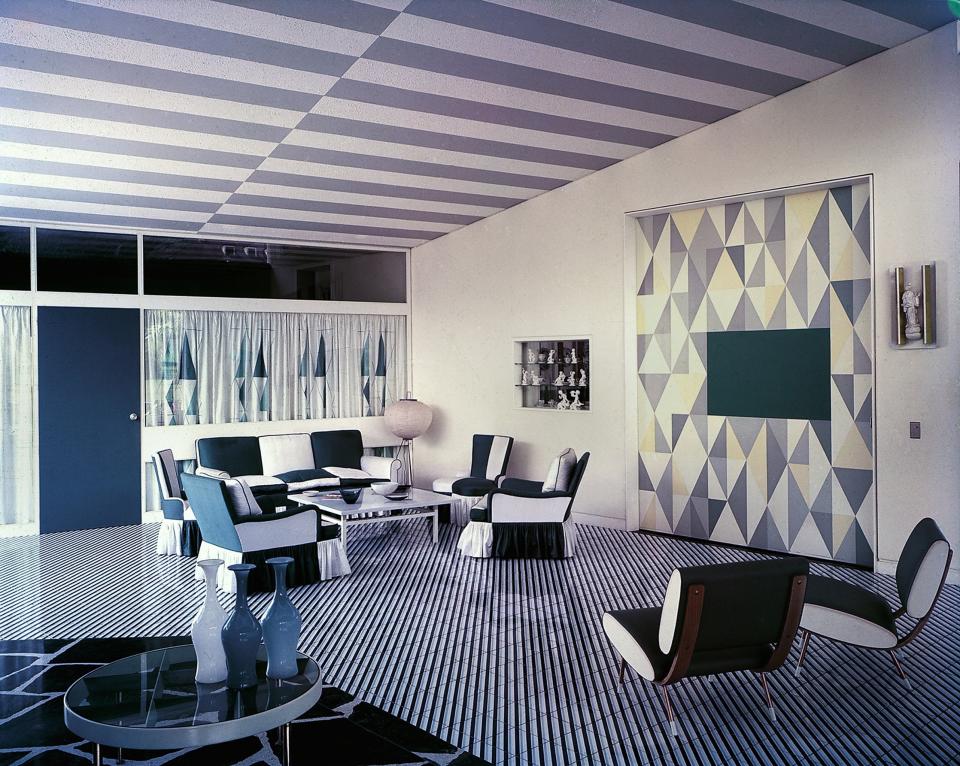
The Milanese son (d. 1978) expressed his ideal in what he called the “Italian house,” where comfort, Ponti said, always transcended pure functionality. He championed that kind of modernity, and took care to take such design to the people. The first Italian architect to engage the public by penning accessible articles in the newspapers, he followed up with an affordable line of furniture with simple lines for Italian department stores.
From his corpus, the curators pulled together 400 pieces, many of which have never been out in the world. Among the surprises is a framed series of poetic letters colorfully drawn on with markers and pens. Ponti dispatched hundreds of them over the years to family, friends, and colleagues:
“C Ca Car Carl Carla!
T To Ton Tony Tony!
Vous deux voici (Here you are!)”
Ponti signed off in an arabesque note to Christofle’s director Tony Bouilhet and his wife Carla, who were the owners of L’Ange Volant and close pals.
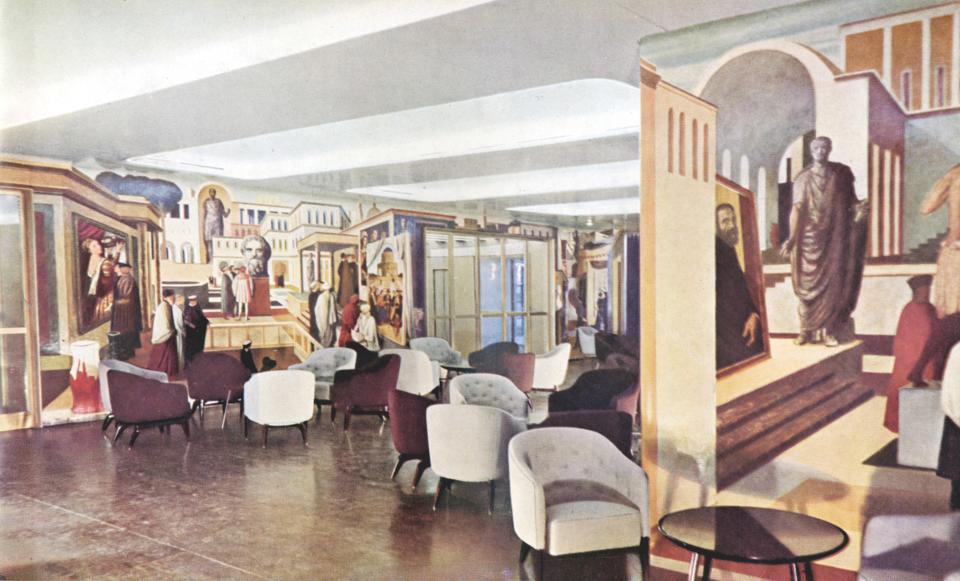
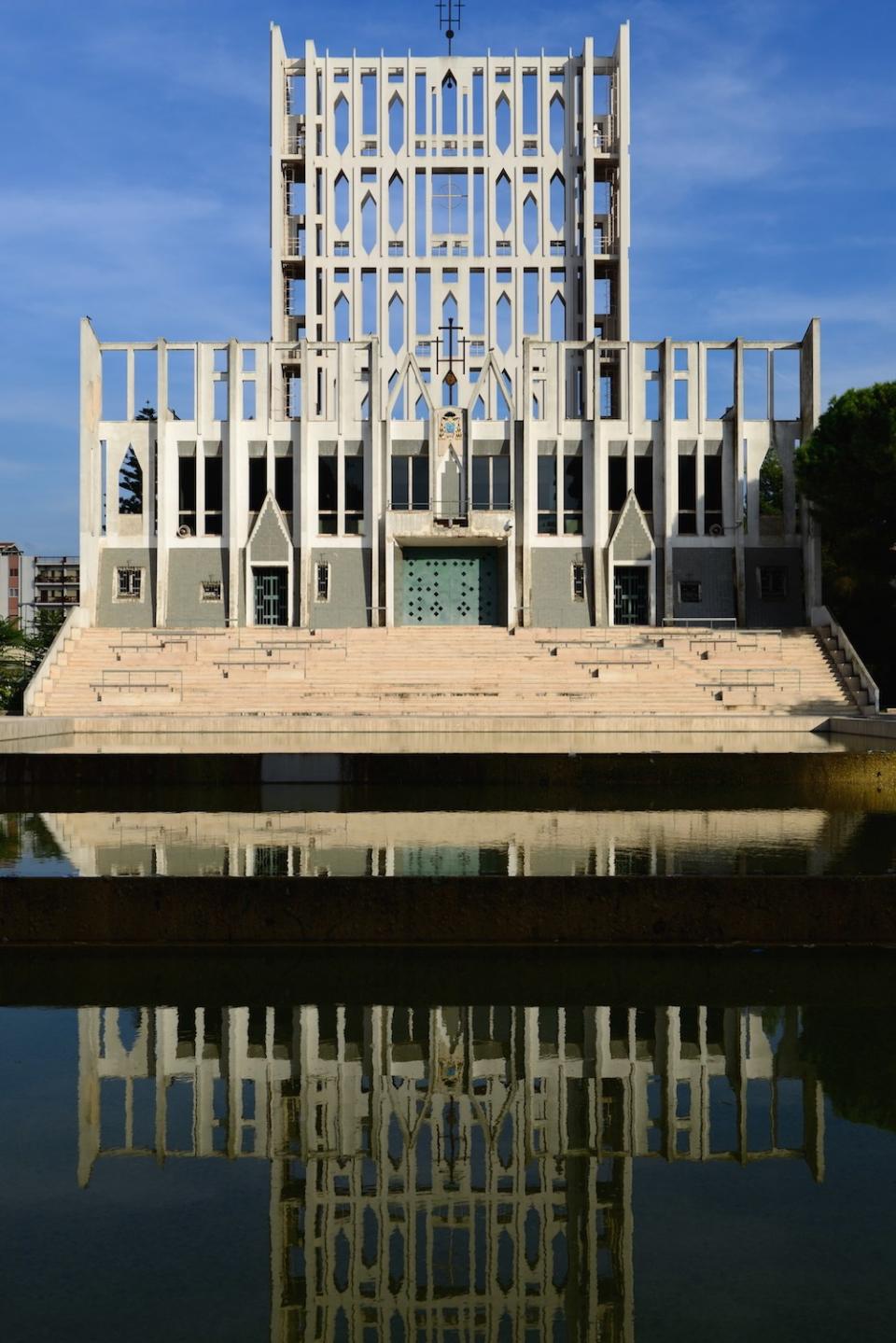
Beyond the main hall, the exhibit includes six rooms—effectively restaged using photography, mockups, and loans—that capture each decade of Ponti’s 60-year career mise en scène. Open, defined by bright colors, fun forms, possibilities with the light spectrum, and a question of what’s inside and what’s outside, the spaces read like immaculate playgrounds and record the designer’s Italiano joie de vivre. Even the Taranta Cathedral, Ponti’s sacred undertaking in the city of that name, is no exception. Opened in 1970, it references Puglia’s traditional whitewash buildings, Franciscan austerity, and the Gothic style. But the cathedral also winks: Its latticelike peekaboo façades (re-created by the museum in the main hall) and almond-green interior, originally hung with live plants then donated by locals, offer an edenic welcome to churchgoers.
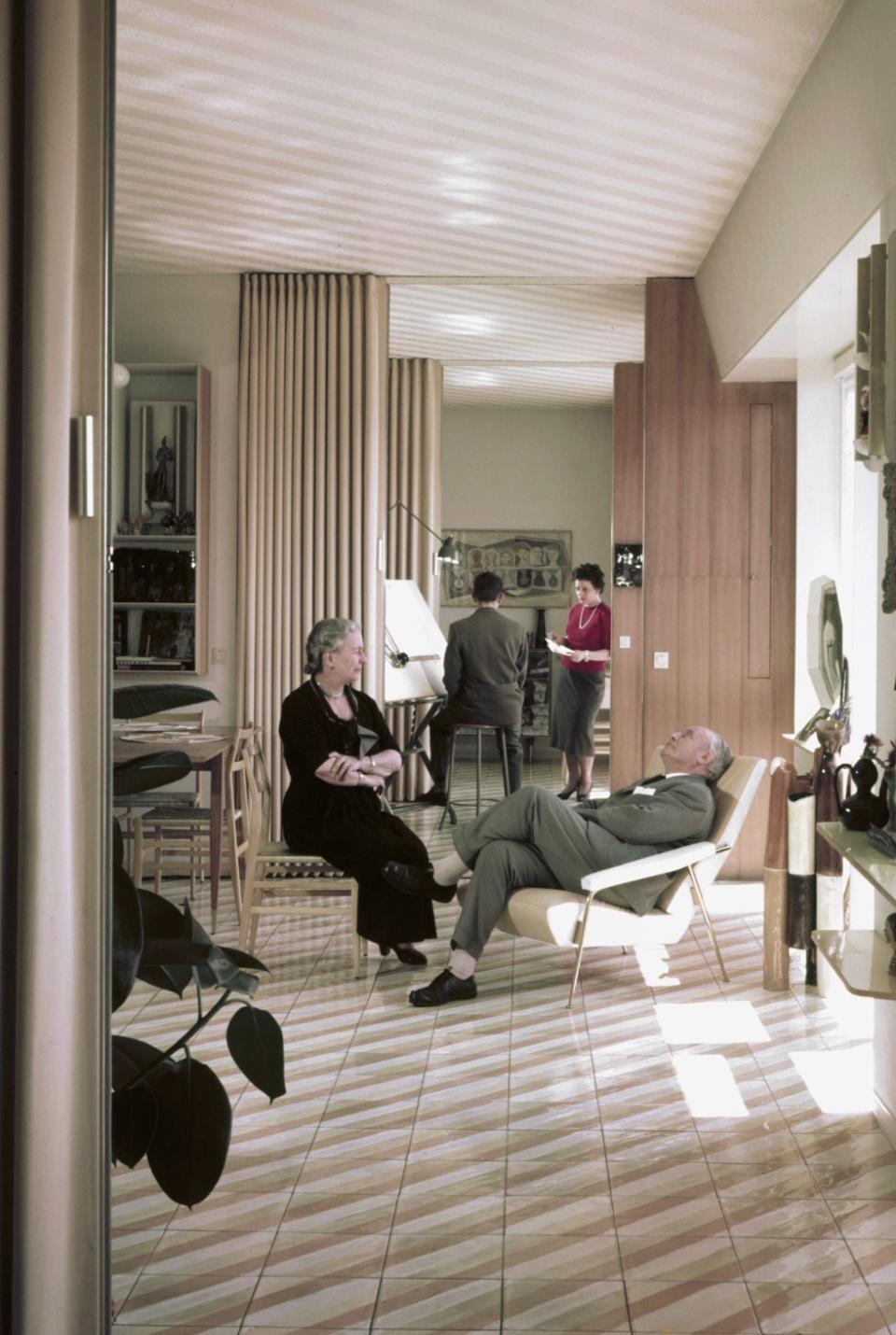
“He never actually said you should live this way or that way—even when it was very much the vogue to prescribe big ideology—and that’s what keeps him feeling fresh and strong today,” Gadet said. “We wanted to underline his great sensibility, which was for joy.”
"Tutti Ponti" is on through February 10, 2019.
More from AD PRO: Has Instagram Made Design Shows Better?
Sign up for the AD PRO newsletter for all the design news you need to know

